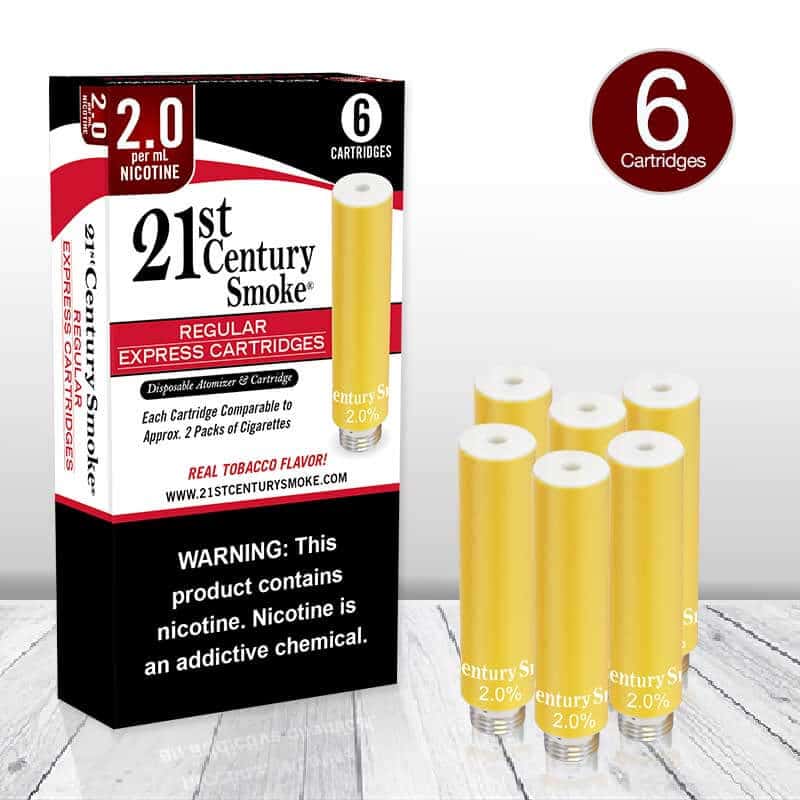Electronic cigarette refills, commonly known as e-liquids or vape juice, are the consumable component of electronic nicotine delivery systems (ENDS) and other vaping devices. They are heated by an atomizer to create an aerosol, which is then inhaled by the user. The evolution of these refills in the 21st century reflects advancements in device technology, user preferences, and regulatory landscapes.
Core Composition of E-liquids
Modern e-liquids typically consist of several key ingredients, with their ratios varying to produce different vaping experiences:

- Propylene Glycol (PG): A common carrier for nicotine and flavorings, known for providing a stronger “throat hit.”
- Vegetable Glycerin (VG): Thicker than PG, it produces more vapor and offers a smoother inhale.
- Nicotine: Present in various concentrations, ranging from nicotine-free to high levels. The form of nicotine (freebase or salt) also impacts the experience.
- Flavorings: Food-grade flavorings are used to create a vast array of tastes.
Types of 21st Century Refill Systems
The methods for refilling e-cigarettes have diversified significantly since their introduction in the early 2000s:
Bottled E-liquids: These are sold in various bottle sizes, allowing users to manually fill tanks or dripping atomizers in open-system devices. This format offers the widest variety in flavors, nicotine strengths, and PG/VG ratios.
Pre-filled Pods and Cartridges: Designed for closed-system devices, these are single-use units containing a specific amount of e-liquid. They offer convenience and ease of use, though typically with a more limited selection of flavors and strengths dictated by the manufacturer.
Nicotine Salts (Nic Salts): A significant development, nicotine salts allow for higher concentrations of nicotine to be delivered more smoothly and rapidly absorbed compared to traditional freebase nicotine. This has been particularly popular in low-power pod systems.
Shortfills and Nicotine Shots: Emerging partly in response to regulations limiting nicotine-containing e-liquid bottle sizes in some jurisdictions, shortfills are larger bottles of nicotine-free e-liquid with space for users to add separately purchased nicotine “shots” to achieve their desired strength.
Key Developments and Considerations
The 21st-century market for e-cigarette refills has been characterized by rapid innovation and evolving concerns. The proliferation of flavors became a hallmark, catering to diverse consumer preferences. However, this has also raised public health discussions, particularly regarding appeal to non-smokers and youth.
Regulatory frameworks globally continue to adapt, addressing issues such as ingredient standards, packaging requirements (e.g., child-resistant caps), marketing restrictions, and taxation. The composition of e-cigarette emissions, which typically contain nicotine and other potentially toxic substances, remains a subject of ongoing research and public health scrutiny. Understanding the contents and effects of these aerosols is crucial for both users and the wider public exposed to second-hand emissions.
Technological advancements in device design, such as the rise of pod-based systems, have directly influenced the form factors and formulations of e-cigarette refills available to consumers.











